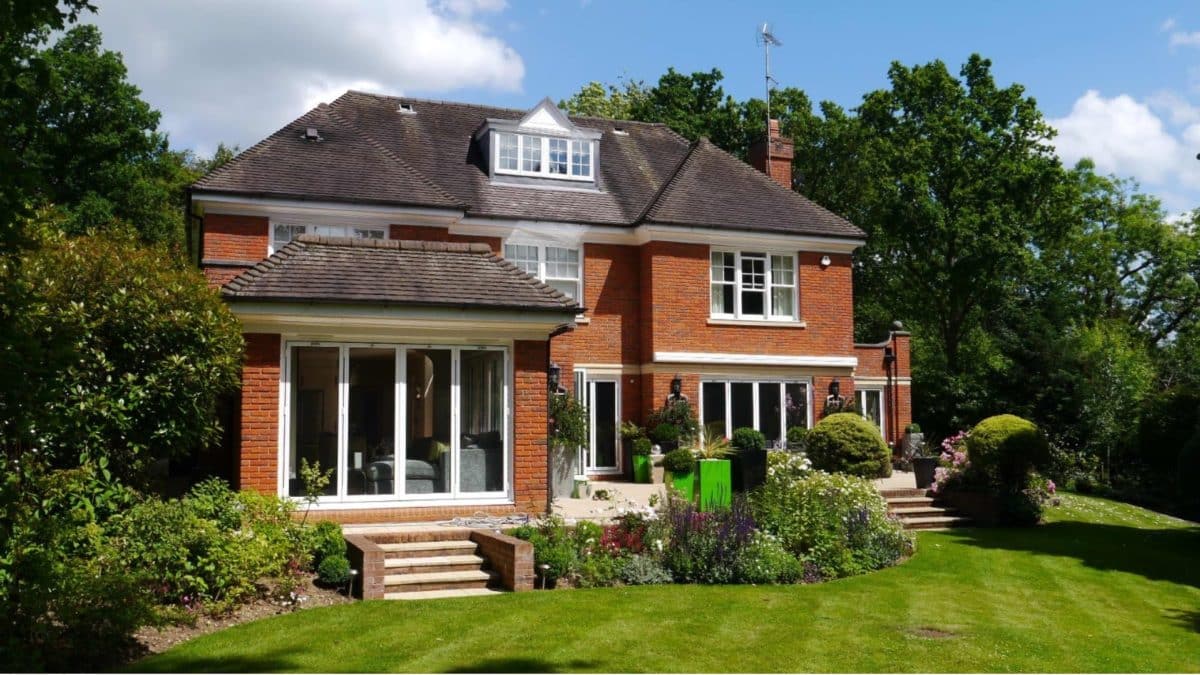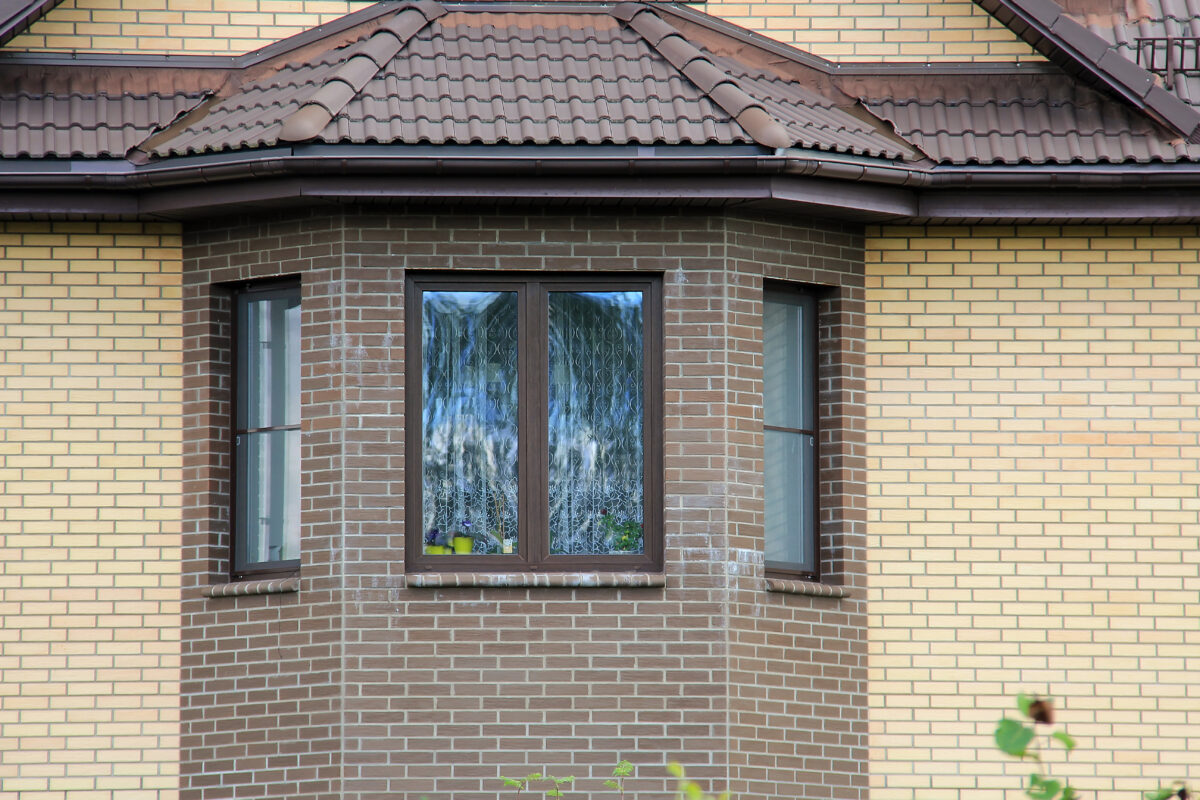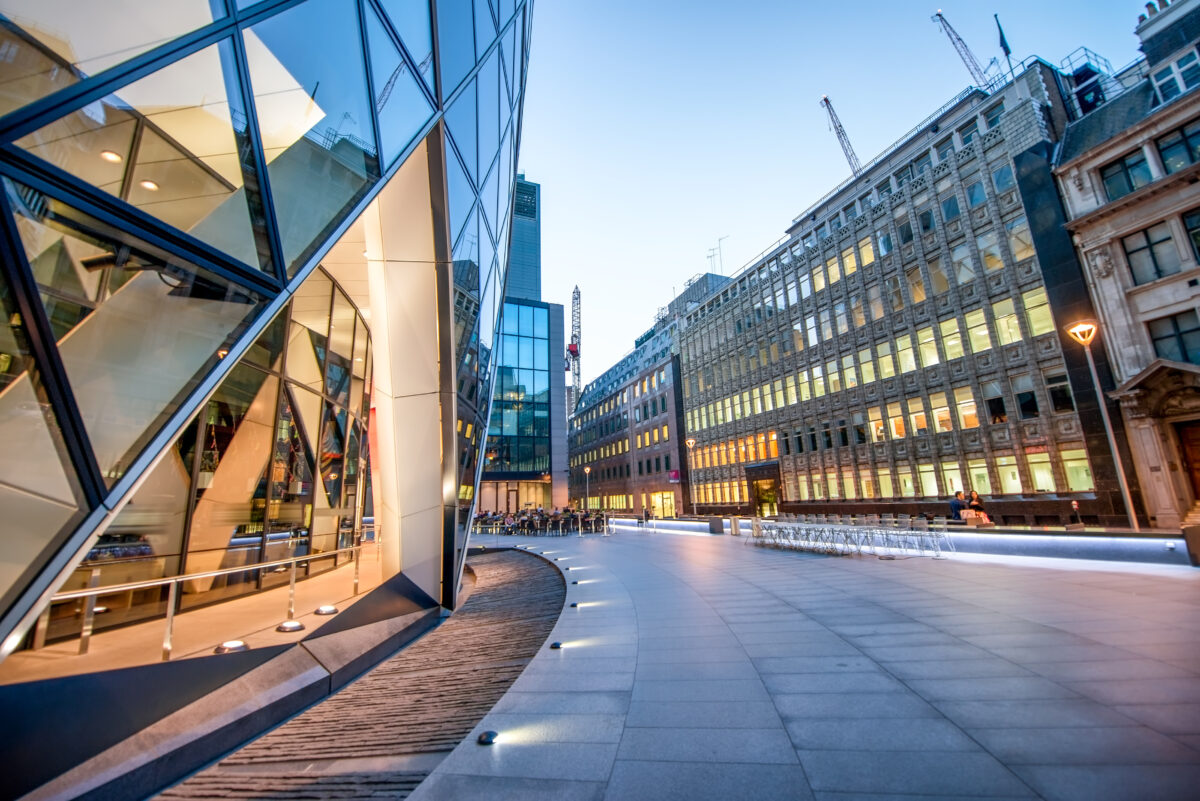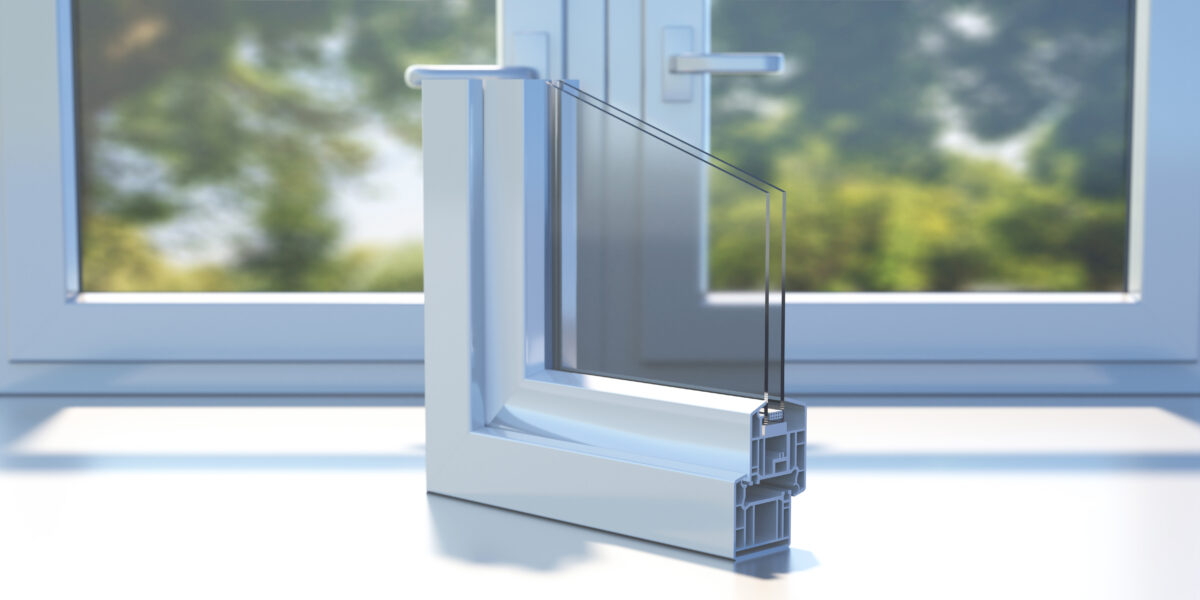For the average homeowner, the carbon footprint of the home might not be the most pressing challenge on the list of priorities. But, as estate and asset owners, we have to ask ourselves – along with our homes, what kind of world are we leaving in inheritance for our children?
The answer to that question suddenly brings the carbon footprint of our homes to a critical point of judgment. The average three-bedroom home in the United Kingdom emits about 2.7 tons of CO2 every year for just heating. To put that in context, a long-haul flight across 3700 km would emit just 0.6 tons of CO2.
It is easy to blame the corporations for not doing their part. But, if we have to start fixing things from our home, here are some steps we can take to limit our carbon footprint.
How to Reduce Your Carbon Footprint
If you look closely, most of the carbon footprint reported for the average home in the United Kingdom is attributable to heating and energy consumption. So, as far as we can work on these themes, we can control our homes’ carbon footprints.
1. Get Energy Efficient Windows
This is probably the easiest and the most financially wise step from this list. Generally, when we think about carbon emissions, we think about polluting factories and vehicles. Windows do not make the first example that pops in your head while wondering how to control your house’s carbon footprint.
The reason for this is the broken perception that does not associate window installation with the energy consumption of your home. If you have normal windows that do the bare minimum in terms of trapping heat and insulating your home, you will have to spend on a more robust heating system. And a more robust heating system would mean – more energy consumption.
Instead, by choosing an alternative like the C.U.in Ultra, you can save over £320 every year in your power consumption bills. Over a decade, that adds up to over £3200. And every year, since your home is consuming less energy efficient windows for heating, its carbon footprint would reduce.
2. Use Hybrid Energy Systems
This would sound counterintuitive – but it is essential to balance between renewable and non-renewable sources of energy for your home. From a carbon footprint control standpoint, it would make sense to use only renewable energy for your home. And if you can afford a comprehensive renewable energy solution for your home, that is the route you should take. But, that is not common for every homeowner in the United Kingdom.
A solar panel can cost as much as £6,000 for the average home in the United Kingdom. This is a substantial and rather costly investment for the average homeowner because it might take several years for them to just break even on this investment.
Hence, a more sustainable solution is to focus on where you can integrate renewable energy sources in your total energy consumption at home. If you cannot install solar panels, you can even look at solar-powered appliances – given the fact that you have adequate access to sunlight throughout the year.
The energy bill savings realized from the partial renewable energy installation can then be used to fully upgrade the house to renewable energy.
3. Add Thermal Curtains and Zone Your Heating System
While these two are not directly related solutions, they can have a great interplay. Much like switching to C.U.in windows, thermal curtains can provide additional insulation during the winters.
Insulation and heat entrapping are essential to ensure that your room stays heated for longer, after your heating system has done its job. Great insulation will ensure that the room temperature is stable for longer hours and your heating system is not under duress. A thermal curtain can unlock all these benefits for under £30.
The other clever idea to reduce your home’s energy consumption is to have thermostats installed in a manner that allows for zonal heating. For instance, instead of having uniform heating across the house, you can use heating in places that are more frequently populated like the living area, the kitchen, or the study. This ensures that the rooms that do not need heating do not end up consuming more power.
4. Upgrade Your Devices
What does your device have to do with your home’s carbon footprint? If you observe the age of your devices in the home and the energy bills for a few years, you will notice an uncanny correlation. Older devices consume more energy and hence bump up your electricity bills – every year.
The other key point here is that more companies are designing energy-efficient devices. This means that even if you have a good quality device that is operational way past its usable life, you should change it because there are more energy-efficient alternatives available in the market.
When you look at your old television or refrigerator, you might not see a significant difference in the energy it consumes. But, when you add up all the power consumed by all the old devices and the extra money you have to pay for the energy they consume – you will start getting the point.
The increasing energy prices are further exacerbating this issue. So, by simply upgrading your electronics devices at the end of their usable life, you can reduce your home’s carbon footprint and your energy bills.
In Conclusion
Carbon footprint has no material impact on the value of your house – today. But, one cannot deny the fact that when you focus on reducing your home’s carbon footprint, you end up reducing your energy bills. All of this happens without compromising the living standards. And if you are smart about it – you can do it at a cost-effective price.
C.U.in glazing has been helping several homeowners and property-managers across the UK get an edge over the rising electricity prices, global warming, and the worry about their carbon footprint.
Click here and book a free consultation to learn more about how you can save more on your energy bills and reduce your house’s carbon footprint.
Vijay is in charge of directing the manufacturing of high-performance CUIN insulating glass that is used in commercial and residential buildings. He is committed to going above and beyond for his clients and increasing their bottom lines as a result.
Jul 20 2022Have a query?
Get in touch by e-mail or call and our team will get back to you shortly.











